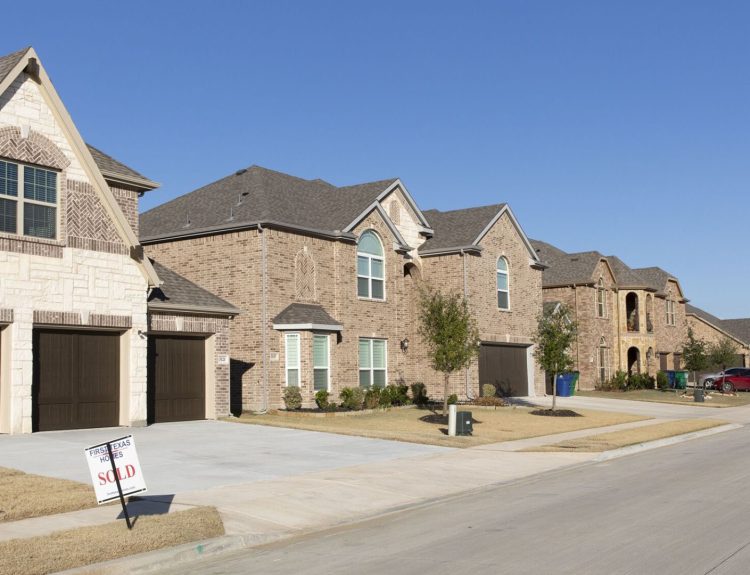Residents in a San Diego suburb, valued for its peacefulness away from the bustling downtown and scenic beach views, are livid. Why? A group of homeless individuals have started living in their cars and RVs on the neighborhood streets.
San Diego County has one of the biggest homeless populations in California, with over 10,000 people.
Homeless Encampment Concerns Rise In Pacific Beach
Locals in Pacific Beach are saying that homeless individuals have moved from downtown to their neighborhood and are openly breaking laws that ban people from camping in their vehicles.
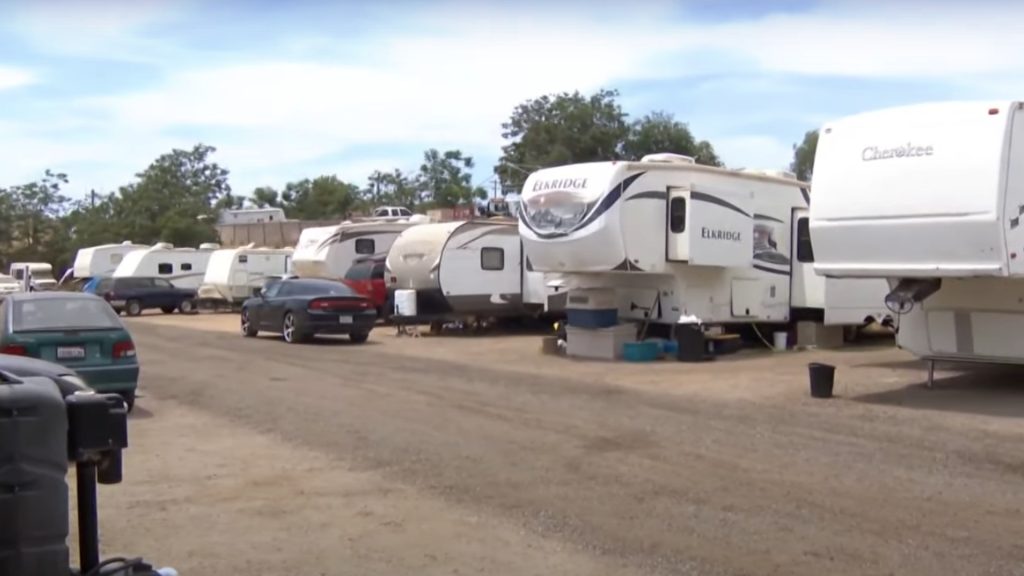
The homeless are accused of not only camping out but also bringing drugs and leaving their garbage on the streets, right next to signs that say they can’t park there.
It’s Not Family-Friendly Anymore
Debbie Turnbull, who lives nearby, believes the root cause of the problem is that the city is trying to move the homeless away from downtown.
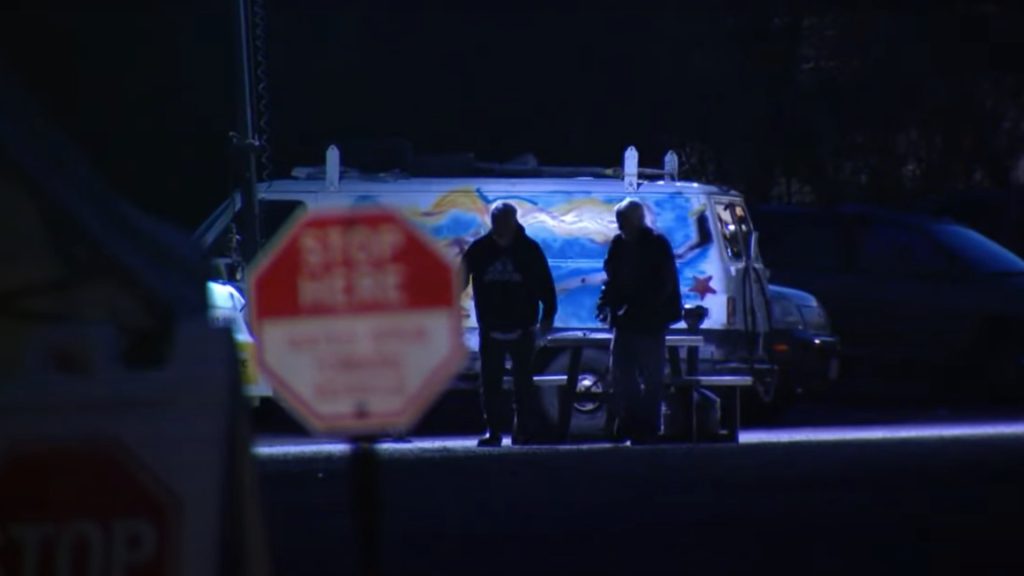
It’s not as family-friendly anymore,’ Turnbull said about the ritzy neighborhood, which she calls ‘a soft place to land.’
We Don’t Feel Safe
She also mentioned that these individuals are not just camping during the day but also staying overnight. ‘We don’t like to take our dogs or animals out to walk at night because you don’t feel safe. You don’t know what’s going on over there,’ Turnbull said.
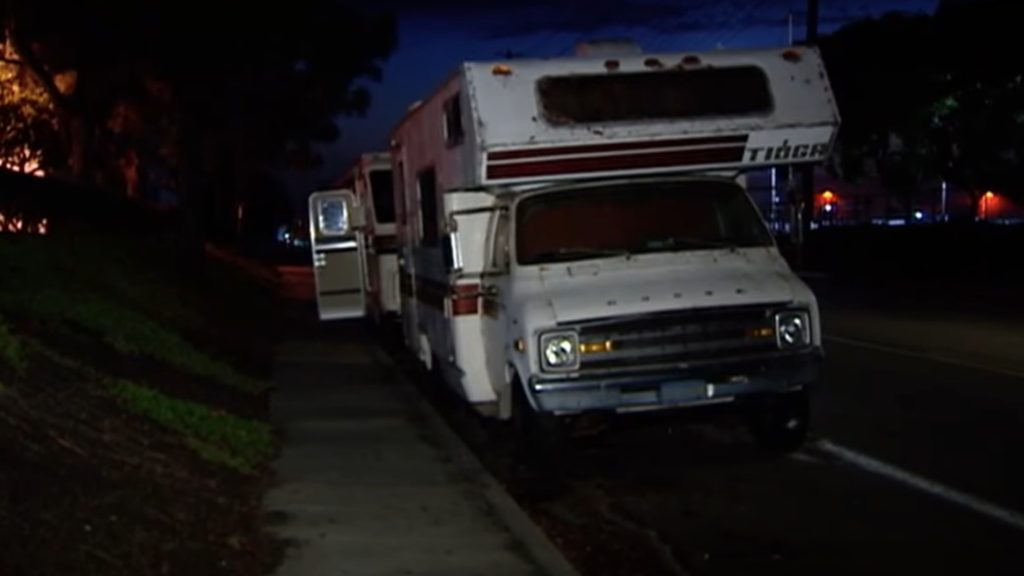
Many people in the community want the Vehicle Habitation Ordinance and Oversized Vehicle Ordinance to be strictly followed. Locals say that the law isn’t being enforced properly. Those parked illegally are getting a chance to leave before they get a ticket.
What Is The Vehicle Habitation Ordinance?
The Vehicle Habitation Ordinance prohibits people from living in their vehicle on any street or public property between 9 p.m. and 6 a.m. It also bans them from parking within 500 feet of a residence or school at any time.
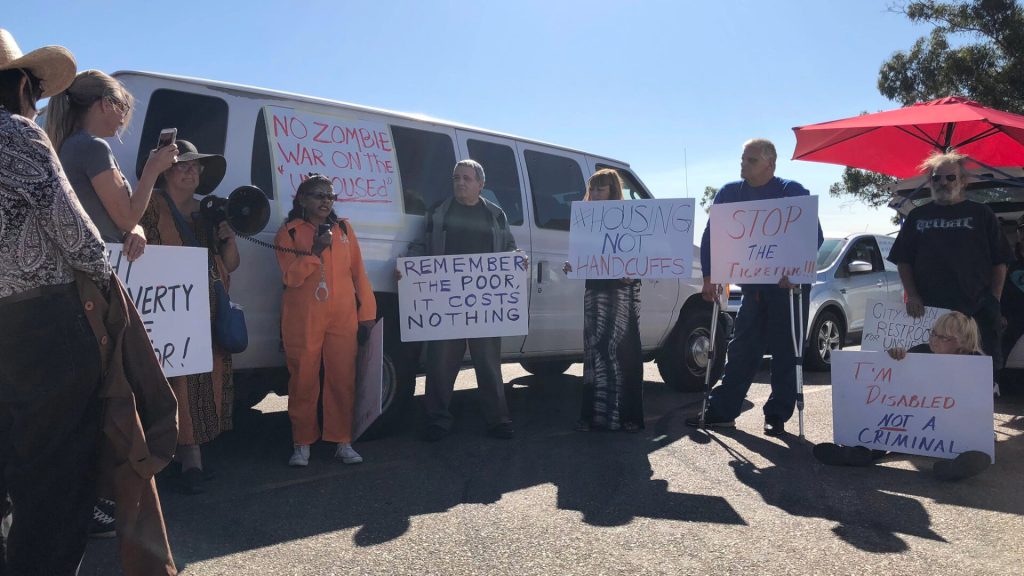
Though, community outreach and support services would be necessary to assist individuals affected by the ordinance in finding suitable housing solutions and addressing underlying issues contributing to their vehicle habitation.
What Is The Oversized Vehicle Ordinance?
The Oversized Vehicle Ordinance states that those who would like to park their oversized vehicle on the street overnight in the City of Santa Cruz between midnight and 5:00 a.m. will be required to purchase a permit. And those who live in their oversized vehicles may enroll in an off-street safe parking program.
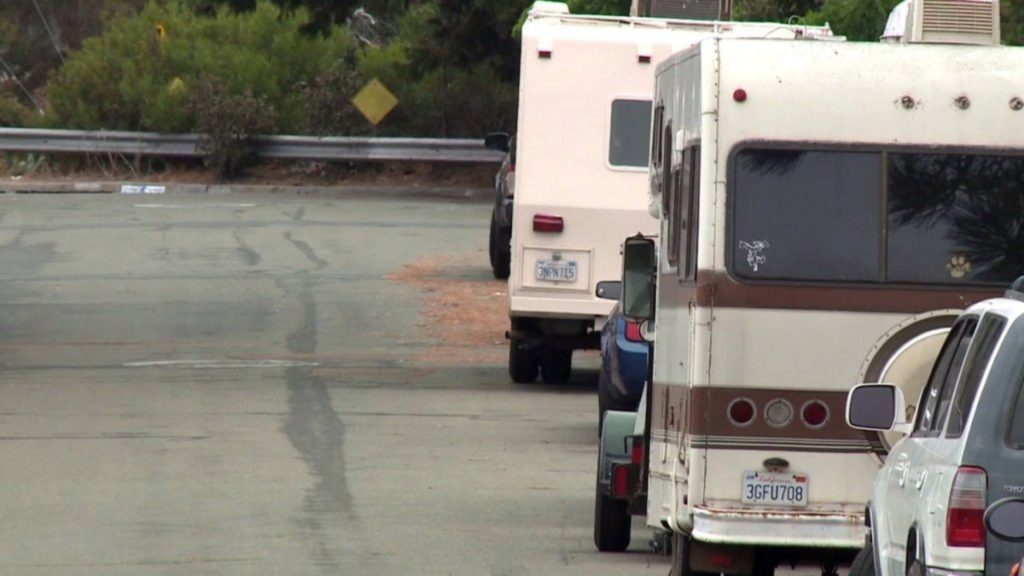
An oversized vehicle is (a) more than 20’ in length, or (b) more than 8’ tall and more than 7’ wide.
A Search For Long-Term Solutions
A representative for the city’s Democrat Mayor, Todd Gloria, says they are searching for a long-term solution. One that can allow for what they call ‘safe parking’ while also keeping locals safe.
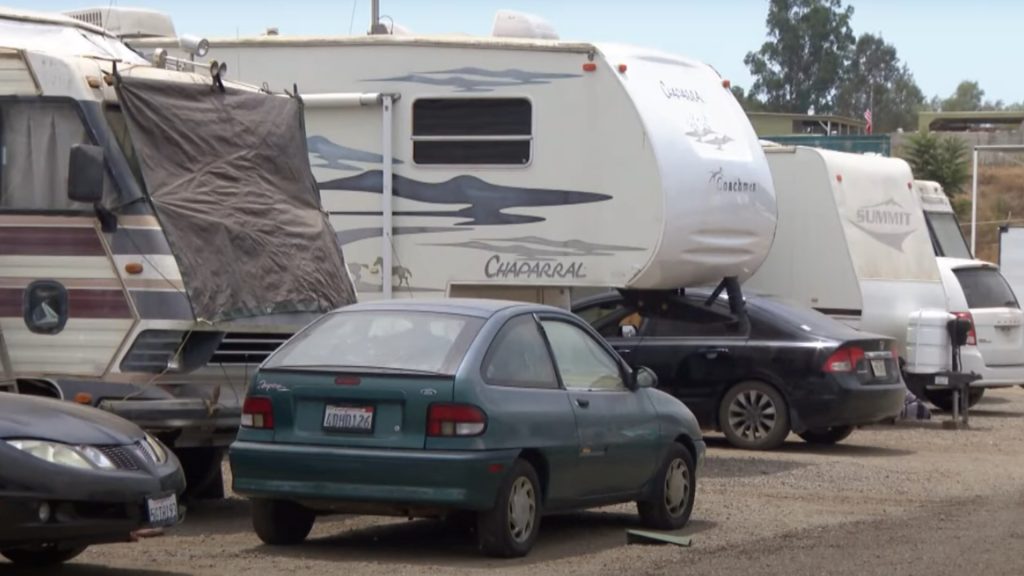
‘The city is actively working to create safer parking options. In addition to enabling people to park overnight and sleep in their vehicles without risk of citation, Safe Parking provides access to services and case management to help them work toward permanent housing,’ Rachel Laing said in a statement.
Homelessness Up By 14% As Of Last Year
Recent numbers show that San Diego County has over 10,000 people who are homeless or in temporary housing. Last year’s count, done by The Regional Task Force on Homelessness, revealed that homelessness in the area went up by at least 14%.
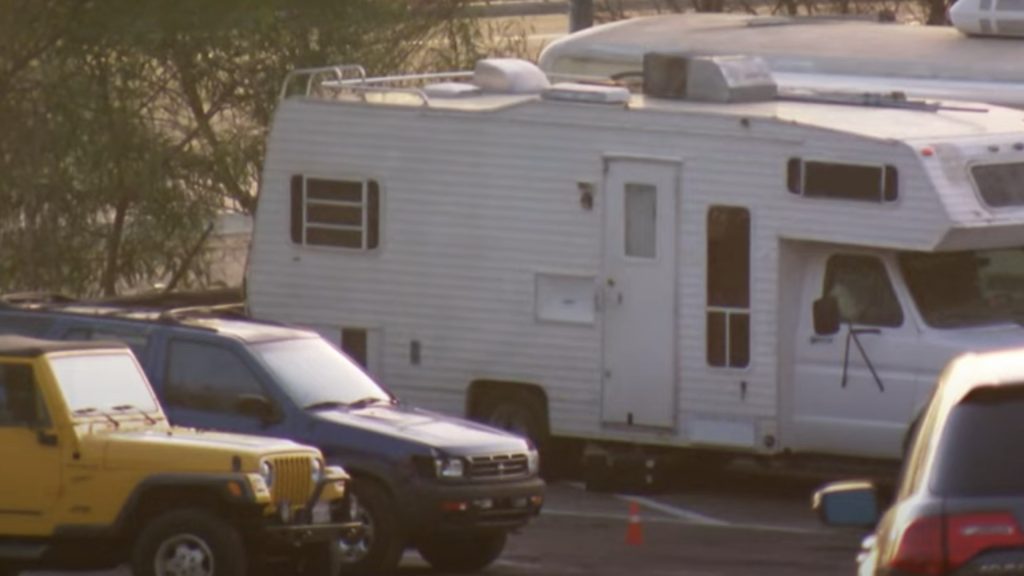
Last January, over 1,600 volunteers helped with the federally-required count across San Diego County. This count gives a snapshot of how many people are homeless in one night.
Urgent Solutions Needed To Solve Crisis
The total found was at least 10,264 individuals without stable housing. Among them, 5,171 were found outside, while 5,093 were in shelters or transitional housing.
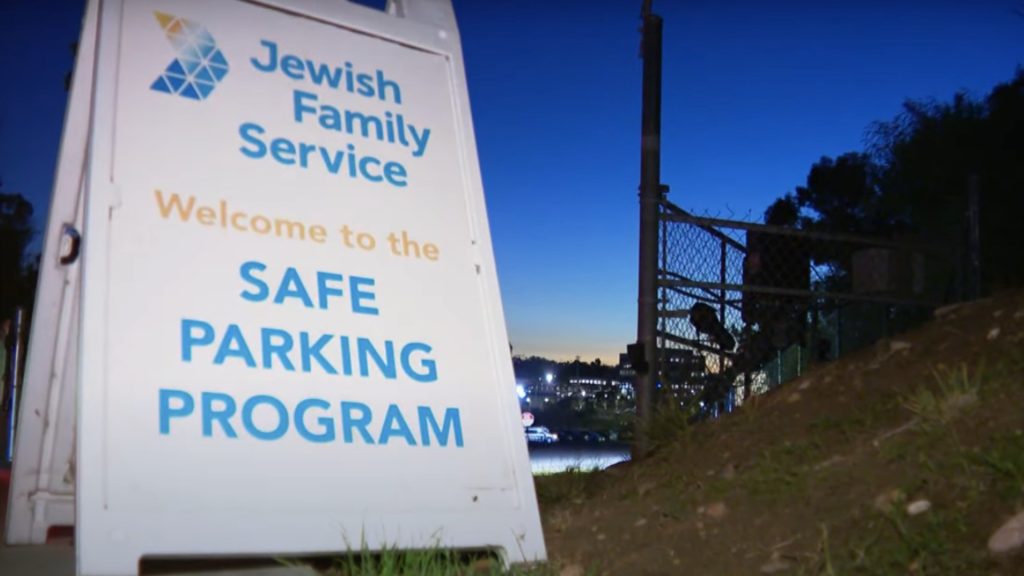
The official count’s complete numbers will be out in late spring or early summer. But Tabares, a volunteer at this year’s event, stressed the need for solutions to the affordability crisis now, or the situation will worsen.
Addressing Homelessness In San Diego
A leader in San Diego suggested giving $1,500 to people about to lose their homes to help almost 1,000 individuals avoid becoming homeless.

Last year, the city quickly set up the first of two ‘safe-sleeping’ areas after the San Diego City Council voted to ban homeless camps. In October last year, the second was opened for use.
San Diego’s ‘Safe-Sleeping’ Housing Scheme
The first site is situated at San Diego’s Central Operations Yard near Balboa Park, by 20th and B streets. City leaders said it can hold up to 136 tents, housing about 150 people.
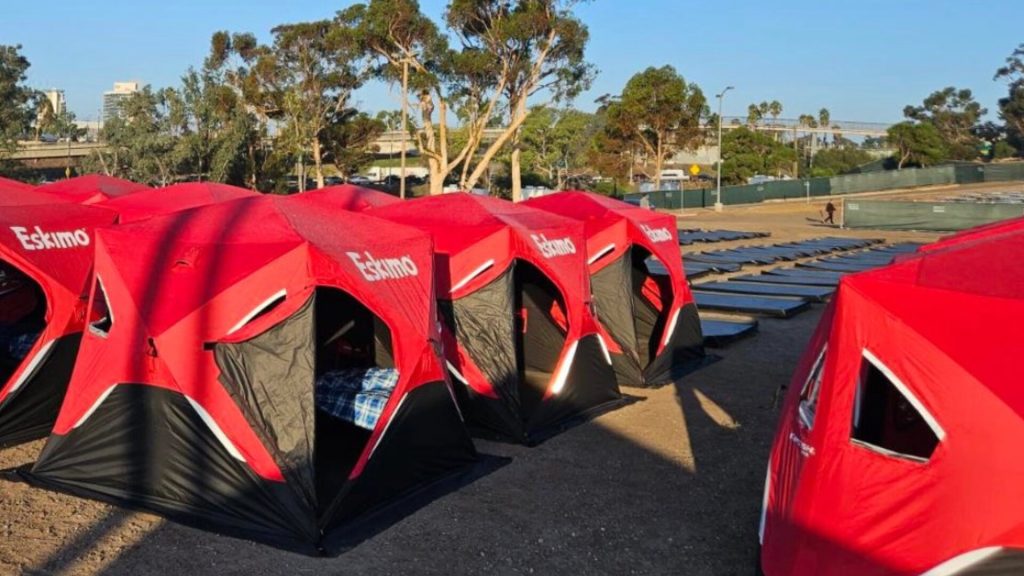
The second site, called the O Lot Safe Sleeping site, is also close to Balboa Park, near the Naval Medical Center. It has 400 insulated tents, each for two people. Though temporary, it’s expected to remain for about a year and a half to two years.
Safe Sleeping Areas A Relative Success
A lot of people believe that safe sleeping areas have been successful, and the numbers show it. Around 500 people are currently staying in the safe sleeping sites. Located at the city maintenance yard.

A shift from the sidewalks to these spots has led to a 44 percent drop in the number of people living in Downtown encampments.
One Of The Best Ones
Ricardo Ramirez is one of many people staying at a safe sleeping site in San Diego. These sites provide camping tents provided by the city to help people move off the streets. They also provide access to essential services.
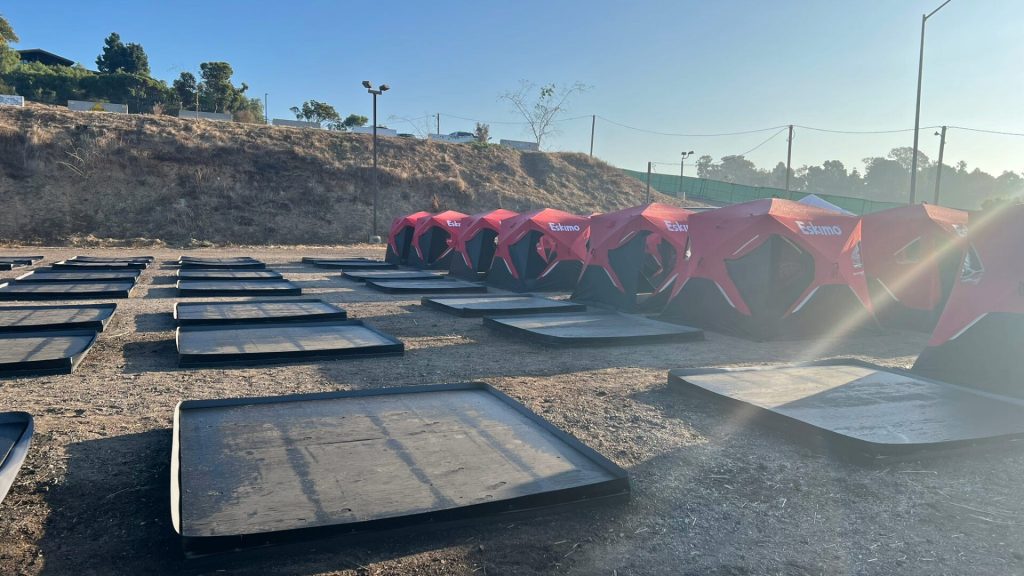
“I have tried almost all of them,” said Ramirez. “This is one of the best ones because you feel like they really put interest in you.”
Being At The Site Much Better Than Being Out On The Streets
The tents, sitting on wooden platforms, are designed to handle temperature changes. They have insulation to keep people warm in winter and cool in summer. The city also does regular temperature checks on-site.
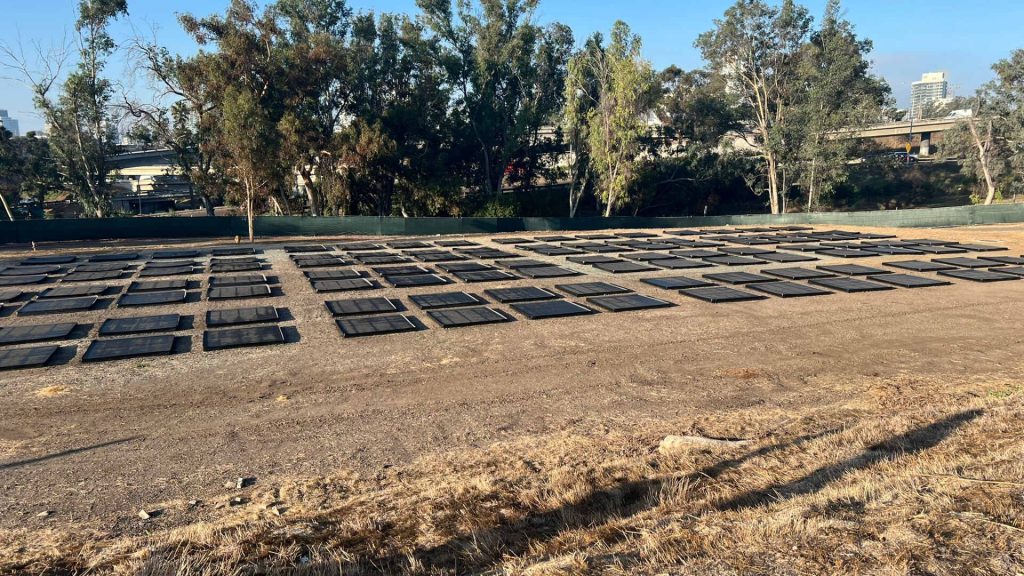
“If anything, I just ask for a blanket or another sleeping bag and that’s it,” said Ramirez. Overall, being at the safe sleeping site is much better than being out on the streets, Ramirez said.





